
It is normal that some jerking occurs during the night as you sleep, especially during the first stages of sleep, when a person is just falling asleep. These physical motions are accompanied by a feeling of falling through the air or tripping over an object. This type of jerking is called hypnagogic myoclonus.
Generally, if the jerking and twitching you experience does not interfere severely with your sleep patterns, it is nothing to worry about. Some types of jerking may be a sign of a more serious problem, however. Let's take a closer look.
Benign sleep myoclonus
Some newborn babies may twitch or jerk their limbs as they sleep, which can be very frightening for new parents, especially if the baby is their firstborn child. It is understandable that parents would be scared, because this jerking may resemble a seizure due to a neurological disorder.
Generally speaking, if the jerking and twitching stops when the baby is awake, it is not a seizure, so it is recommended that parents gently wake the baby if they suspect he or she may be having a seizure. It is better to do so than to just assume it is a seizure and expose the baby to unnecessary and often harmful medications.
Benign sleep myoclonus usually stops by itself by the time the baby is three months old. It is not certain why babies tend to jerk and twitch like this, but scientists think these strange newborn sleeping movements may be due to the fact that sleep cycles in infants need some time to adjust, which happens approximately around their 12th week.
Periodic limb movements of sleep
Periodic limb movements of sleep or PLMS are jerks that occur during the non-REM stages of sleep. Unlike hypnagocic myoclonus, which interferes with falling asleep, PLMS wakes a person who is already sleeping up. The periodic limb movement episodes can last anywhere from a few minutes to one hour.
The movements observed in people who suffer from periodic limb movements of sleep are usually small and sometimes barely noticeable, like flexing a toe or bending a knee. It is not rare that a person who experiences PLMS does not even know about it and only hears about it from their bed partner.
However, if the movements are sudden and heavy and if the episodes recur night after night, they may disrupt the patient's sleep, resulting in daytime sleepiness, drowsiness, impaired memory or concentration, and even irritability, anxiety, and depression.
PLMS can be diagnosed in a sleep lab with the use of a polysomnogram. By monitoring the patient's sleep patterns, movements and brain waves as they sleep, doctors can diagnose specific sleep disorders. In the case of, PLMS the therapy or treatment may consist of sleeping pills, narcotic painkillers, or anti-seizure medications.
Factors that may increase a person's risk of developing PLMS include other sleep disorders and certain medications, like lithium, anti-nausea drugs and some antidepressants.
Keep in mind that it is perfectly normal for people to jerk or twitch a little as they sleep, especially as they are dreaming. Signs that you may benefit from medical attention include:
- The twitching and jerking you engage in while you sleep wakes you up regularly.
- Because of your disrupted sleep, you find yourself unable to function well during the day — you may be fatigued, irritated, and unable to concentrate.
- People who have watched you twitch and jerk as you sleep are genuinely worried about you.



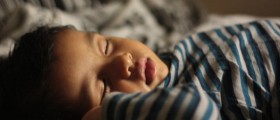
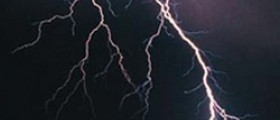
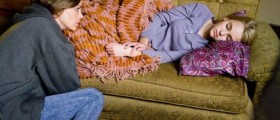

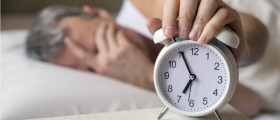

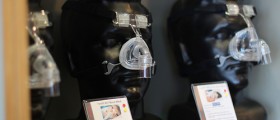
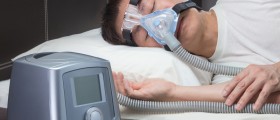

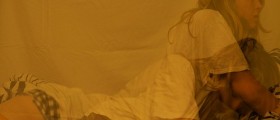

-When-You-Have-Parkinson's-Disease_f_280x120.jpg)


Your thoughts on this
Loading...